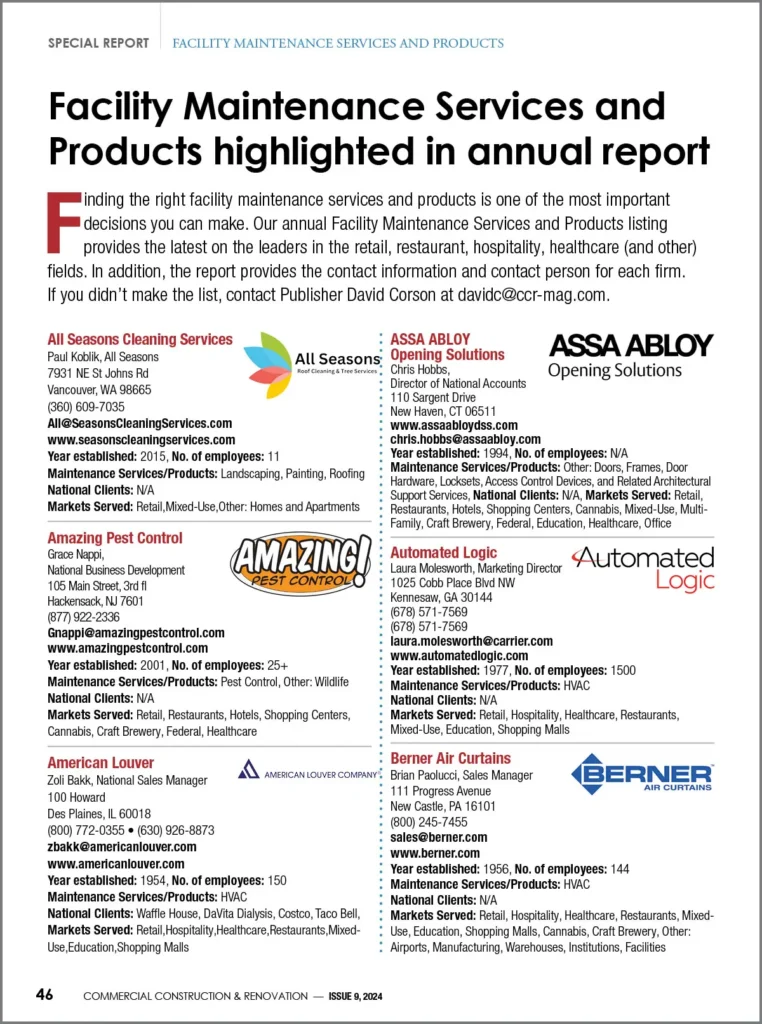Only 34 percent of the nation’s metro areas—just over one-third—added construction jobs from November 2019 to November 2020, according to an analysis of new government data that the Associated General Contractors of America released. Association officials said large numbers of contractors are having to lay off workers once they complete projects begun before the pandemic because private owners and public agencies are hesitant to commit to new construction.
Construction employment fell in 203, or 57 percent, of 358 metro areas between November 2019 and November 2020. Construction employment was stagnant in 33 additional metro areas, while only 122 metro areas—34 percent—added construction jobs during the past year.
Houston-The Woodlands-Sugar Land, Texas lost the most construction jobs over that span (-22,500 jobs, -9 percent), followed by New York City (-16,700 jobs, -11 percent); Midland, Texas (-9,800 jobs, -25 percent); Montgomery-Bucks-Chester counties, Pa. (-8,800 jobs, -16 percent); and Oakland-Hayward-Berkeley, Calif. (-8,400 jobs, -11 percent). Brockton-Bridgewater-Easton, Mass. had the largest percentage decline (-40 percent, -2,200 jobs), followed by Altoona, Pa. (-35 percent, -1,100 jobs); Bloomsburg-Berwick, Pa. (-31 percent, -400 jobs); Johnstown, Pa. (-31 percent, -800 jobs); and East Stroudsburg, Pa. (-30 percent, -600 jobs).
Phoenix-Mesa-Scottsdale, Ariz. added the most construction jobs over the year (4,700 jobs, 3 percent), followed by Baltimore-Columbia-Towson, Md. (4,500 jobs, 5 percent); Boise, Idaho (4,300 jobs, 16 percent); Dallas-Plano-Irving, Texas (3,700 jobs, 2 percent); and Seattle-Bellevue-Everett, Wash. (3,600 jobs, 3 percent). Walla Walla, Wash. had the highest percentage increase (17 percent, 200 jobs), followed by Boise; Oshkosh-Neenah, Wisc. (16 percent, 900 jobs); and Springfield, Mo. (16 percent, 1,500 jobs).
Association officials said many metro areas were likely to lose more construction jobs amid declining demand and continued project cancellations and delays. They added that a clearer picture of what is in store for the industry will emerge on Thursday, January 7, when the association releases the 2021 Construction Hiring and Business Outlook it prepared with Sage.









 The 2024 virtual Men’s Round Table will be held Q4, 2024, date TBD.
The 2024 virtual Men’s Round Table will be held Q4, 2024, date TBD.













